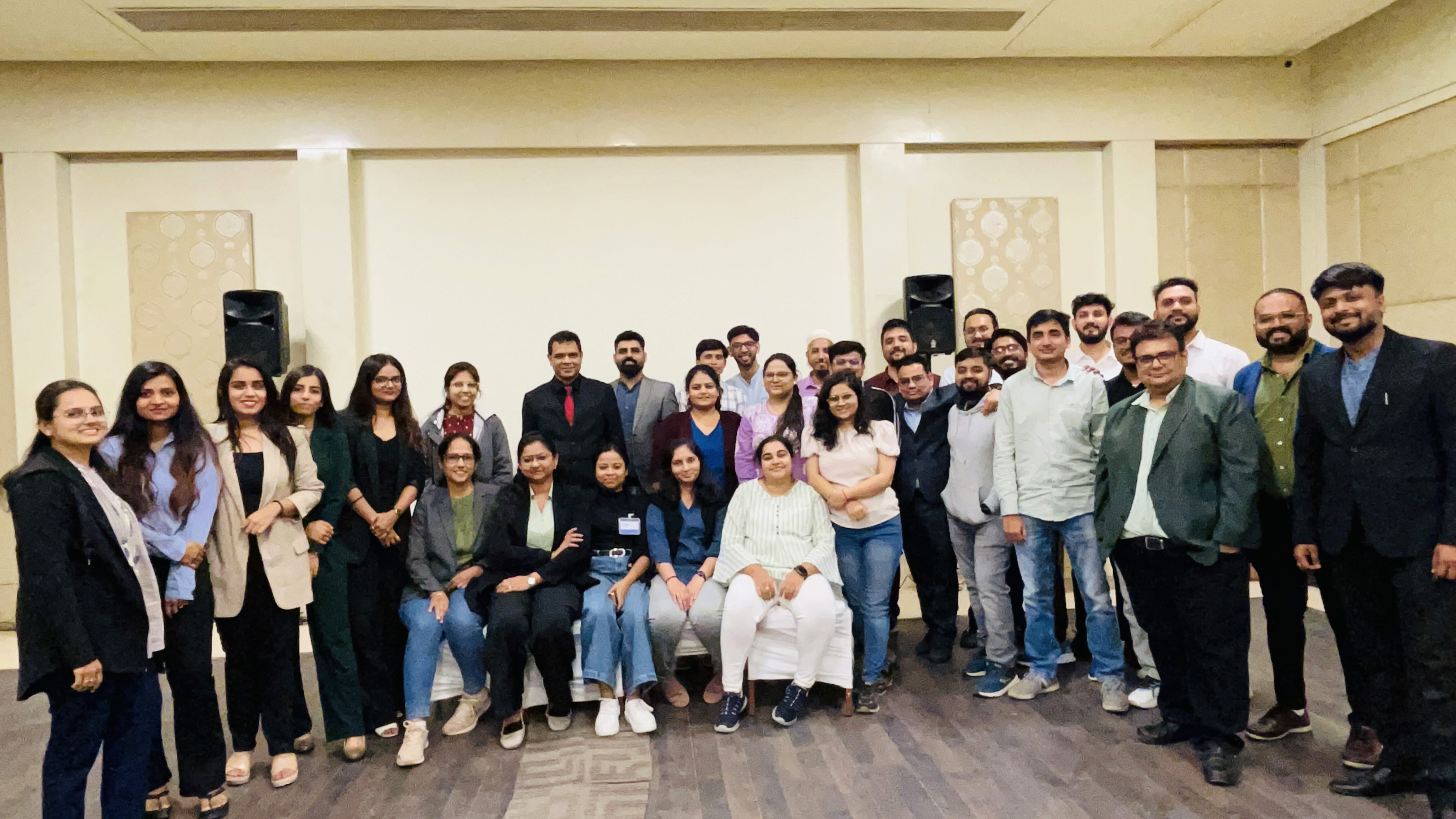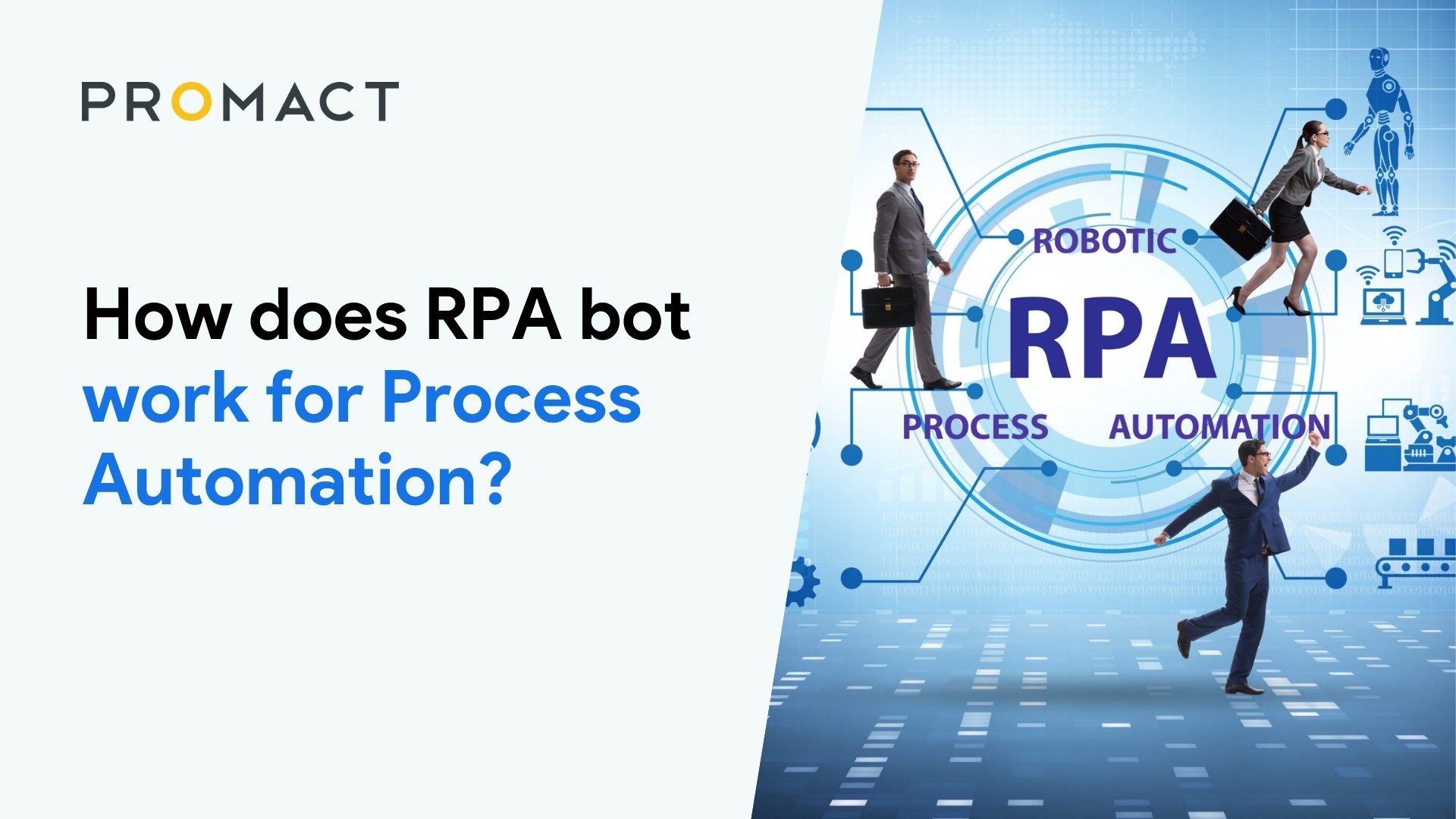Have you ever wondered why attrition in some job roles is more than others? A study conducted by Gallup states that two-thirds of employees from the research group of 7500 experienced getting burned-out in their assignments, and they were 2.6 times more likely to change their jobs.
Hence we can say that burn-out and attrition are correlated, which means that organizations need to act to prevent their employees from feeling burnt-out and subsequently quitting. After closely inspecting the reasons behind employees experiencing burn-out, it was mainly due to low technological support, repetitive tasks, excessive workload, etc.
Organizations can alter their policies as well as automate processes using Robotic Process Automation (RPA). RPA bots carry out monotonous as well as complex tasks and free employees so that they can focus on jobs needing human interactions, emotional intelligence, reasoning, and judgment. This technology is also cost-effective over other available automation solutions.
How does RPA work?
RPA transforms back-office processes by automatically replicating employee actions like opening files, entering data, copy-pasting relevant information, etc. It is useful in businesses of all sizes, be it start-ups or enterprises.
RPA Bot: It is the most fundamental unit of RPA which can run on a computer or from the cloud.
There are two types of bots commonly available:
Programmable bots
These bots require programmers to define parameters, set rules & instructions so that they can get to work. Hence, programmers need to map out a step-by-step process, which could be very time consuming for more complex tasks.
Intelligent bots
These are bots with artificial intelligence and self-learning, suitable for processes involving unstructured data as well as fluctuating parameters. They can learn how employees perform a process by analyzing both current & historical data. They can follow the process owner’s clicks, mouse movements, and actions, and collect data for analysis and self-learning, to complete the process themselves.
RPA products usually include RPA developer tools, a controller, and a bot. There are many ways in which businesses can leverage RPA, including ways unique to their company. Businesses can drive operational excellence by strategically determining which processes need automation.
Let’s take a look at the essential features of RPA Bots:
RPA bots need to be programmed. They seamlessly interact with different types of systems via integrations and screen scraping.
Screen-scraping
It is useful when application elements are not accessible through code or UI framework. This screen-based navigation captures bitmap data and verifies it against stored data to make sense of the information. It also provides access to image-based or scanned text documents by enabling text digitization through optical character recognition (OCR).
Integrations
It is more reliable to integrate the bot with enterprise applications as screen-scraping has limitations such as stability, speed, and high probability of errors. RPA bots are capable of integrating with legacy, web, and desktop applications, as well as significant enterprise software, including SAP, Citrix, Java, and mainframe applications.
Programming Interfaces
As RPA bots need programming, let’s take a look at the different ways of programming them.
Coding
Coding using a programming language is a powerful interface to program the bots to replicate a process. However, it requires technical personnel, patience, and training.Graphical User Interfaces
Drag and drop interfaces enable programming of simple RPA bots. People capable of coding excel macros can set up simple bots, while more technical people can use code-based programming interfaces.
Recording
The recorder function enables quick bot programming as it records complex set functions and translates them into a bot program. However, recording of a very complex set of functionality involving many enterprise software could be difficult & error-prone. Besides, re-recording after every minor change in the process can be extremely time-consuming.
No Code Solutions
They provide a powerful GUI and recorder function to allow organizations to program complex bots without coding. With No Code Solutions, programming becomes considerably shorter and simpler, leading to simplification of maintenance.Self-learning bots
They automate tasks by watching & learning recorded employee activity, or employees can use these tools while performing activities and give feedback to them to further their automation level. The self-learning bots interact with other systems and program themselves.
RPA products also come with management consoles to manage the bots and processes. Orchestration modules or orchestrators help identify the issues that bots face as well as provide a dashboard to manage the process.
Orchestrators usually offer features like:
Handling exceptions
Bots are likely to have issues when dealing with diverse data, making it critical to have a provision for exception handling. UiPath Orchestrator facilitates highlighting such issues, managing and assigning them to personnel to resolve them. This feature helps in avoiding delays and bottlenecks in processes.
Different user permissions & access
Several people can use orchestrator for diverse functions with the help of different user access and permission settings.
Analytics
Orchestrator carries out advanced analysis and combines different data sources when working with legacy systems.
Configuration & provisioning
Orchestrator maintains process configuration and delivers bot environments while serving as a connection between bots and web applications as well as the central point of communication for third-party applications.
RPA bots are capable of performing a variety of tasks. These include but are not limited to:
Log in to and operate different types of applications & systems
Read, write, and process data
Access social media, emails, and extract information
Integrate with multiple systems
Perform calculations, reformat or edit data, and create reports
Augmenting data by scraping it from the internet
Types of Robotic Process Automation
There are many types of Robotic Process Automation. Let’s take a look at some important types:
Attended Automation
Employees or users initiate this kind of automation. The bots run on their computers and help them complete a part of their task. Programs find it difficult to detect certain points at which the automation tasks should trigger. For such tasks, attended automation is suitable where the user invokes bots to take over. When the bot completes the task, the control goes back to the user.
For example, a customer service representative can automate long and repetitive manual tasks, such as working with three screens and completing ten steps, by launching the attended automation code. The RPA bot goes about completing the tasks just as the employee would do, and asks for guidance if needed. Thus, this kind of RPA automation shortens the handling time, makes it error-free, and improves customer experience.
It is suitable for use by customer-facing employees.
Unattended Automation
These bots complete the entire process on the back-end server and do not require any user interaction. The workflows are self-triggered and run on predetermined schedules. The user sees only the output of the process.
For example, in an invoicing process, RPA would run the invoicing process based on the trigger, which could be a scheduled time, a specified interval, another bot, the orchestrator, or input of a specific data. The user would see only the report of those invoices which RPA could not process automatically. Now, the user needs to look into only those invoices and resolve the issues concerning them.
Unattended automation is ideal for reducing the work of back-office staff.
Hybrid Automation
It combines attended and unattended automation and helps in end-to-end automation of the entire process covering the front and back-office activities. It enables the bot and the employee to work on different tasks simultaneously. Work passes to the robots automatically, or the employee prompts it, depending on the predetermined setting.
Hybrid RPA is highly useful in automating processes that have multiple outcomes, key decision touchpoints, and structured as well as unstructured data. It gives the benefits of unattended automation, even when the task is such that automating from end to end is not possible. It is also useful in the scenario when the employee does not want to give the computer control to the robot for a long time.
The selection of the type of RPA automation depends on the nature of the process. If they can achieve the automation goal, it does not matter if companies use different kinds of automation for automating diverse processes.
Summing up
Robotic Process Automation has a bright future with more advanced RPA solutions, combining Machine Learning, Artificial Intelligence, Blockchain, and other technologies that will transform the automation space. Forrester predicted back in 2017 that RPA as an industry will grow from $250 million in 2016 to $2.9 billion in the year 2021.
RPA benefits organizations in terms of accuracy, productivity, quality, cost reduction, and compliance, as well as help in reducing burn-out in employees by decreasing their workload and allowing them to focus on those aspects of their job that improve customer experience.
To learn more about automating the processes in your organization using RPA solutions, get in touch with us.

We are a family of Promactians
We are an excellence-driven company passionate about technology where people love what they do.
Get opportunities to co-create, connect and celebrate!
Vadodara
Headquarter
B-301, Monalisa Business Center, Manjalpur, Vadodara, Gujarat, India - 390011
Ahmedabad
West Gate, B-1802, Besides YMCA Club Road, SG Highway, Ahmedabad, Gujarat, India - 380015
Pune
46 Downtown, 805+806, Pashan-Sus Link Road, Near Audi Showroom, Baner, Pune, Maharashtra, India - 411045.
USA
4056, 1207 Delaware Ave, Wilmington, DE, United States America, US, 19806

Copyright ⓒ Promact Infotech Pvt. Ltd. All Rights Reserved

We are a family of Promactians
We are an excellence-driven company passionate about technology where people love what they do.
Get opportunities to co-create, connect and celebrate!
Vadodara
Headquarter
B-301, Monalisa Business Center, Manjalpur, Vadodara, Gujarat, India - 390011
Ahmedabad
West Gate, B-1802, Besides YMCA Club Road, SG Highway, Ahmedabad, Gujarat, India - 380015
Pune
46 Downtown, 805+806, Pashan-Sus Link Road, Near Audi Showroom, Baner, Pune, Maharashtra, India - 411045.
USA
4056, 1207 Delaware Ave, Wilmington, DE, United States America, US, 19806

Copyright ⓒ Promact Infotech Pvt. Ltd. All Rights Reserved
